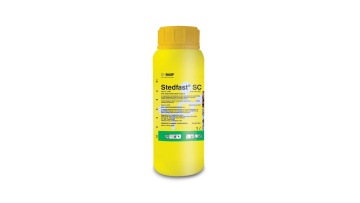Termites
There are about 2750 species of termite worldwide. They can be divided into three groups based on the location of their colonies; subterranean, drywood, and dampwood termites. Of these, subterraneans and drywoods are primarily responsible for damage to human-made structures.
Termites, like ants, wasps and bees, belong to the family of social insects and build very complex communities. A typical colony contains nymphs (semi-mature young), workers, soldiers, and the reproductive termites.
Latin name: | Reticulitermes spp |
Length: | approx 6 – 11 mm |
Colour & description: | Reproductives can be winged (primary) or wingless (secondary). Primary reproductives are coal black to pale yellow-brown, with grey/brown wings. Secondary reproductives are white to cream-colored with short wing buds. Termite workers are wingless and greyish-white. Soldiers resemble workers except that they have large, well-developed brownish heads with strong mandibles. |
Habits & habitat: | Termites are attracted by their primary food source, cellulose. They often infest buildings and damage lumber, wood panels, flooring, wallpaper, paper products etc. They have the ability to cause serious structural damage and in the worst cases total collapse of the building. |
Life cycle: | Workers and soldiers live approximately one to two years. Queen termites may survive for over 25 years under optimal conditions. |
Reproduction rate: | A mature queen can lay thousands of eggs each year. During the two-week incubation period, eggs are tended to by the worker termites. The nymph hatches directly from the egg. Attendants feed nymphs regurgitated food for the first two weeks, enabling them through molting to become workers, soldiers, reproductives or supplementary reproductives (depending on the needs of the colony). |


